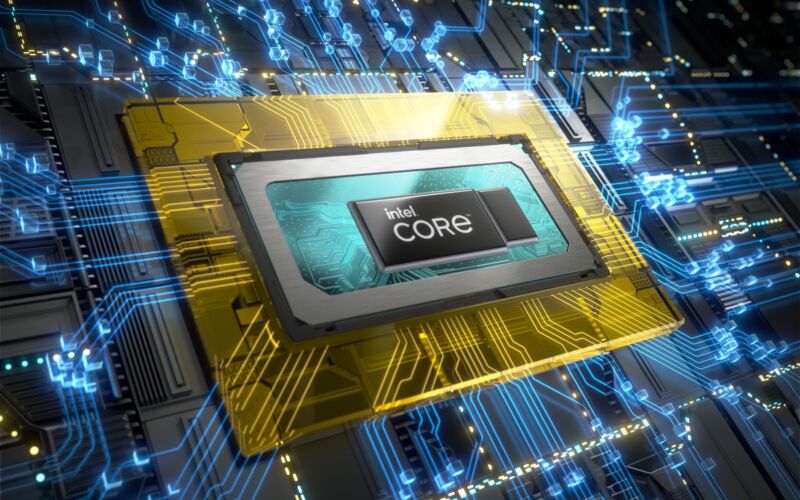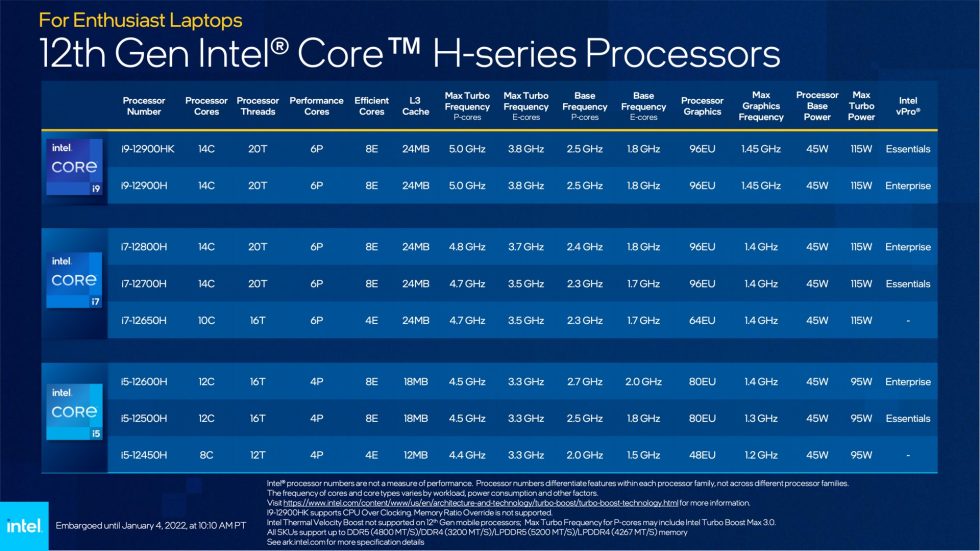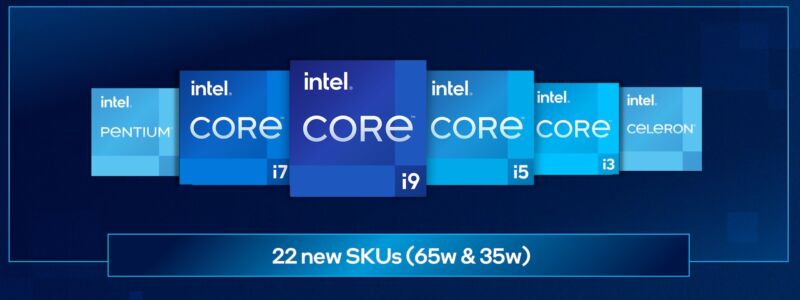Panasonic has teamed up with the Area15 entertainment company in Las Vegas to create immersive entertainment based on Panasonic’s projectors.Read More
Xfinity and Mission Control launch City Series for gamers in northeast US

Xfinity has announced a new esports competition for gamers in major northeast cities. Mission Control is helping to organize it.Read More
Acer debuts new gaming desktops, laptops and all-in-one PCs at CES

From all-in-one consumer PCs to cutting edge laptops, Acer announced its new lines and refreshes of products, mostly in their gaming line.Read More
HP unveils Omen desktops with new CPU cooling

Join gaming leaders, alongside GamesBeat and Facebook Gaming, for their 2nd Annual GamesBeat & Facebook Gaming Summit | GamesBeat: Into the Metaverse 2 this upcoming January 25-27, 2022. Learn more about the event. HP unveiled its new Omen 45L desktop gaming PC along with a series of other gaming products at CES 2022. The 45L desktop comes wit…Read More
Intel aims to get mojo back with 12th Gen Intel Core mobile processors

Intel announced what it called the world’s fastest mobile processor with its 12th Gen Intel Core family of chips.Read More
12th-gen Intel Core laptop CPUs bring up to 14 cores to high-end portables

Enlarge / Intel’s 12th-generation Core chips are coming to laptops soon. (credit: Intel)
In addition to announcing new desktop chips, Intel is also expanding its Alder Lake architecture to laptops. Intel has announced 12th-generation Core chips for everything from high-end gaming laptops to thin-and-light ultrabooks, with low-end Pentiums and Celerons thrown in for good measure.
These laptop chips use Intel’s new hybrid processor architecture, which combines larger, faster performance cores with smaller, more efficient cores (P-cores and E-cores, respectively). How many P-cores and E-cores you get depends on the processor you’re buying, and you’ll need an operating system that supports Intel’s “Thread Director” technology to get the most performance out of the chips. Windows 11 supports it now, Linux support is in the works, and Windows 10 doesn’t have it and won’t be getting it.
High-performance: H- and P-series CPUs
-

Intel’s H-series laptop processor lineup. [credit:
Intel ]
Intel’s H-series processors are its top-performing laptop GPUs, and 12th-generation H-series chips will begin shipping in laptops starting in February. We’ve provided the tables with all of the core counts and clock speeds above, but to quickly summarize the differences between the eight different H-series CPUs:
HP’s Alex Cho: Making gaming products for a hybrid world

Interviewing Alex Cho, president of HP Personal Systems, has become an annual ritual as the company unveils its plans for CES.Read More
Intel’s desktop CPU lineup gets a comprehensive overhaul with new 12th-gen chips

Enlarge / Intel is giving its desktop processors their first top-to-bottom overhaul in years. (credit: Intel)
Intel released its first 12th-generation Core desktop processors a little over two months ago, and we were pretty impressed with the results; the chips still consume a lot of power, but they generally come with the performance to back it up. Today, Intel is announcing the rest of the lineup, including non-overclockable versions of its Core i9, i7, and i5 processors; new Core i3, Pentium, and Celeron chips that bring the Alder Lake architecture to lower-end PCs; and low-power versions of the processors suitable for mini PCs and other systems where space and cooling capacity are at a premium.
New processors, from Core i9 to Celeron
Intel is announcing a total of 22 new CPUs today, and they replace most of the company’s currently available 11th- and 10th-generation desktop CPUs. Like the overclockable K- and KF-series processors that are already available, these chips will require a new motherboard with an LGA 1700 socket and can support either DDR4 or DDR5, depending on the motherboard you buy (more on those in a bit).
All of these processors are built on the “Intel 7” process, formerly known as “10nm Enhanced Super Fin.” Intel justifies the name change by saying that the Intel 7 transistor density is similar to 7 nm-branded manufacturing processes from competitors like TSMC and Samsung. The 12th-generation Core lineup is the first time in about six and a half years that Intel has moved beyond some version of its 14 nm process for desktop processors.
Dell’s XPS 13 Plus brings a MacBook Touch Bar-like experience

Enlarge / Dell XPS 13 Plus in its platinum color. (credit: Scharon Harding)
Dell today unveiled the latest in its long line of XPS laptops. Previous updates have ranged from minor CPU refreshes to moderate redesigns with larger screen-to-body ratios, smaller dimensions, and critical changes, like the removal of the up-the-nose webcam. But the latest XPS 13 is one of the most unusual-looking in years. And with a design built to host a more power-hungry CPU, Dell is calling it the XPS 13 Plus.
Announced to coincide with CES 2022 this week, the XPS 13 Plus (9320) will be available globally this spring with Windows 11 or Ubuntu 20.04 (XPS 13 Plus Developer Edition). Dell hasn’t settled on a starting price yet but told the press it’s “targeting” $1,199.99 in the US. That’s a notable bump from the current non-Plus XPS, which starts at $850 (that configuration was out of stock on Dell’s website as of writing. The next cheapest available SKU starts at $950). Dell said it will confirm the XPS 13 Plus’ price closer to the shipping date.
One look at the XPS 13 Plus and you can tell that it offers a different experience than the prior XPS 13. The machine’s keyboard stretches across the entire deck with no space between individual keys. The touchpad isn’t outlined with a border or completed with left- and right-click keys. Instead, the entire deck is the touchpad, which responds with haptic feedback. And rather than topping the keyboard with a row of function keys, the XPS 13 Plus has an Apple Touch Bar-like capacitive touch strip that you can toggle to show function-row inputs or media functions.




